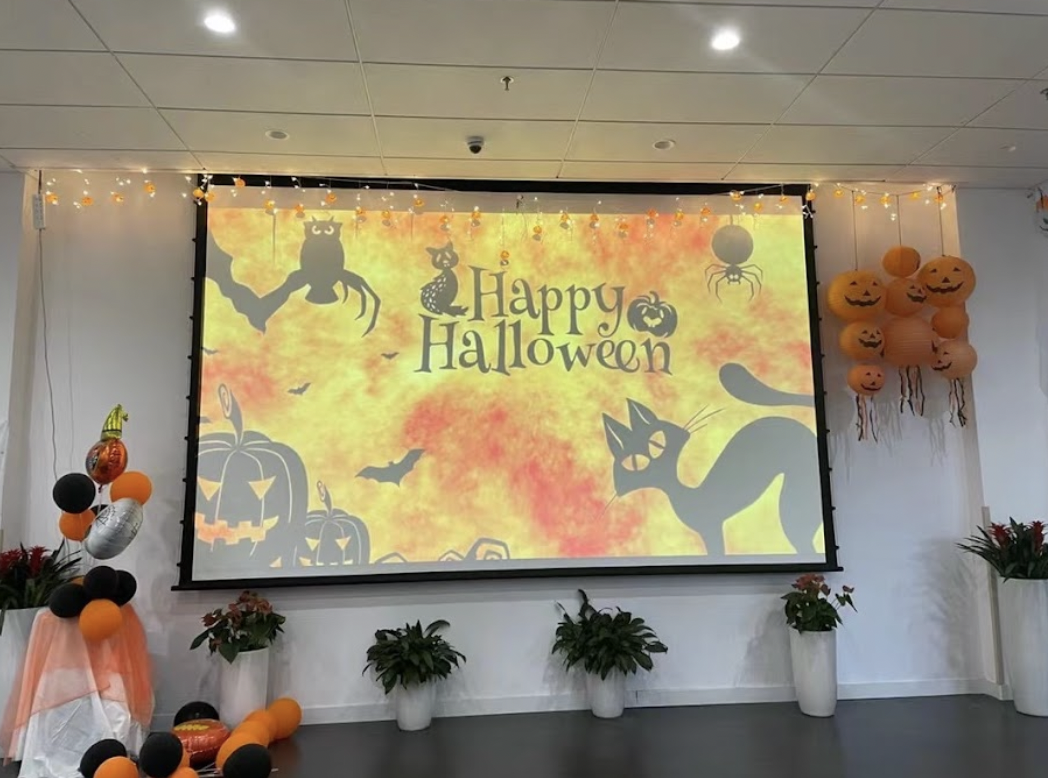Since its discovery in 1960 as the first potent opioid antagonist, naloxone has been a taboo topic. Since naloxone could reverse opioid overdoses almost immediately, people believed that naloxone treatment would encourage addicts to continue using opioids as it eliminated the consequence: death by overdose. People spread baseless rumors about how addicts tried to overdose on opioids at “Naloxone Parties” so that they could be saved by the naloxone that they kept on hand; however, these rumors were likely created by uneducated opponents of naloxone because the main symptom of effective naloxone treatment is withdrawal, every addict’s worst nightmare. Such dated ideas continue to follow us as people still oppose naloxone treatment by considering it a free get-out-of-jail card for opioid users.
Today, naloxone is synonymous with Narcan, a brand that sells intranasal naloxone spray pumps. Community centers, libraries, hospitals, and high schools have been distributing Narcan to increase access to naloxone in an attempt to limit opioid overdose deaths; however, it was not until March 2, 2023, that naloxone was approved for over-the-counter sale by the Food and Drug Administration (FDA).
On September 7, the Narcan intranasal spray finally became available over the counter all over the United States. This momentous occasion was not only a big step towards increasing the availability of naloxone treatment but also one of the first actions that the Federal Government of the United States has taken to address the current opioid epidemic. This is definitely one of the more progressive laws passed by this administration. Lawmakers are finally being forced to put their reservations aside due to the exponential increase in teens and young adults dying of opioid overdoses without having the chance to be administered naloxone.
While the authorization of over-the-counter naloxone has improved accessibility to naloxone, the cost of naloxone continues to limit its availability. A cross-sectional study in Mississippi, an area that has been hit especially hard by the opioid epidemic, found that many pharmacies are unable to supply naloxone because they do not have the financial means. Over-the-counter naloxone is a step in the right direction, but it may not be enough amidst the ongoing opioid epidemic.
Sources:
Gravlee, Emily et al. “Naloxone Accessibility Under the State Standing Order Across Mississippi.” JAMA network open vol. 6,7 e2321939. 3 Jul. 2023, doi:10.1001/jamanetworkopen.2023.21939
Kolbe, Laura, and Joseph J Fins. “The Birth of Naloxone: An Intellectual History of an Ambivalent Opioid.” Cambridge quarterly of healthcare ethics : CQ : the international journal of healthcare ethics committees vol. 30,4 (2021): 637-650. doi:10.1017/S0963180121000116

















![Teacher [Milk] Tea: Part 2](https://bisvquill.com/wp-content/uploads/2024/03/Screen-Shot-2024-03-19-at-9.28.48-PM.png)



































